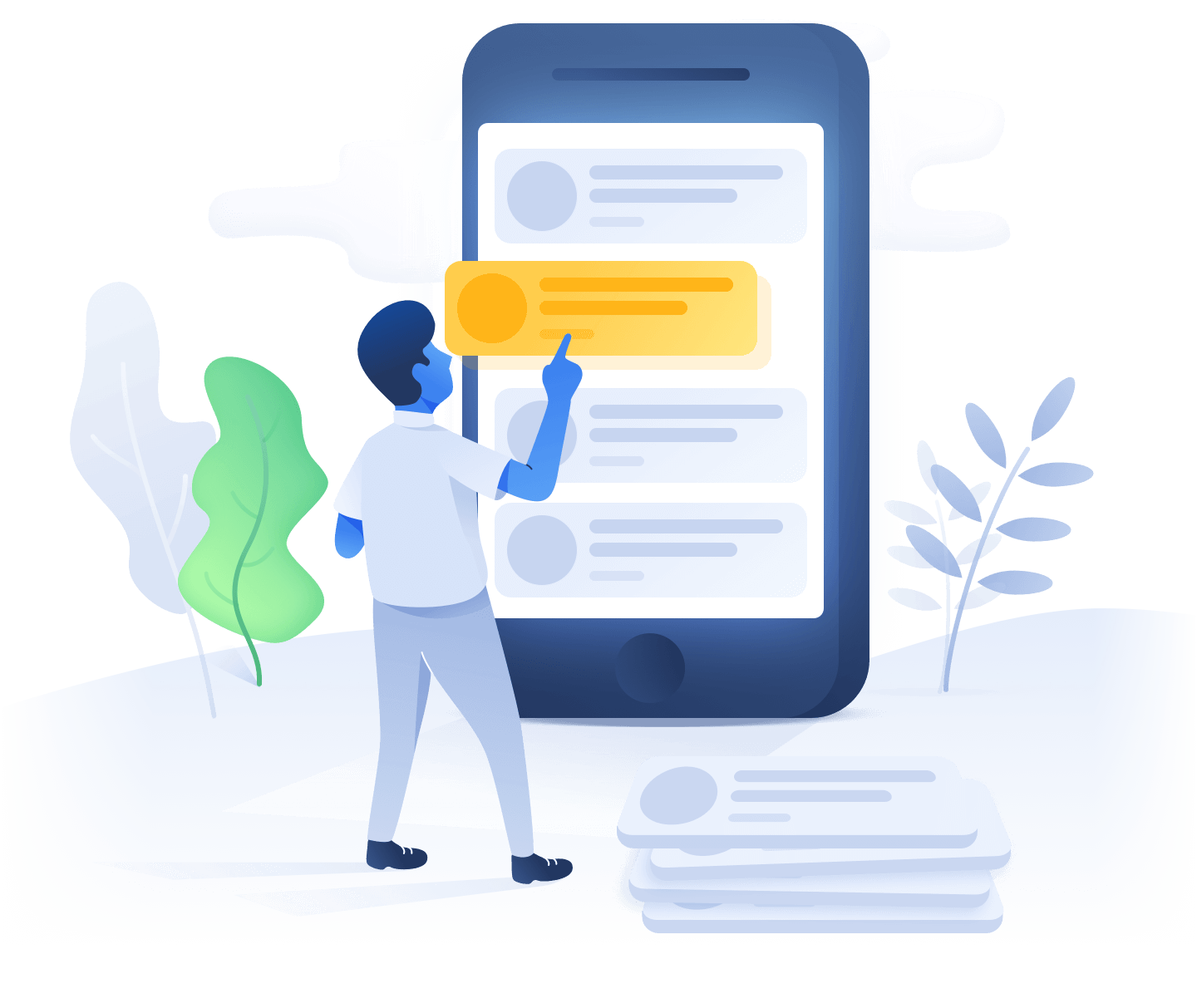
A Comprehensive Tutorial on Using SurveyMonkey for Online Experiments
Conducting scientific research in the digital era, particularly online experiments, presents unique challenges. One of these is learning how to use the plethora of tools available, one of which is SurveyMonkey. In this article, we will delve into the specifics of setting up an experiment, finding reference documentation, and figuring out your next steps.
Step by Step Guide to Set Up an Experiment
Setting up an online experiment, like a behavioral or cognitive experiment, with SurveyMonkey involves a series of steps.
Firstly, you’ll need to create an account or log in to your existing SurveyMonkey account. Then, you'll create a new survey. This will act as the foundation for your experiment. Since SurveyMonkey was originally designed for creating surveys, we must understand that our cognitive tasks or experimental design will adapt to this particular format.
Add your questions, ensuring they align with your research objective. Use a variety of question types to gather the necessary data. From there, it's all about customising your survey, including tweaking the design, implementing progress bars, etc.
Where to Find Documentation
SurveyMonkey has comprehensive documentation, you can learn how to set up your experiment, understand the tool's various features, and troubleshoot any challenges you may face during the process.
Additionally, for specific topics related to psychological research or running experiments using different platforms like jsPsych or Cognition, you can check out their official documentation and community forums.
Next Steps
After designing your study and gathering the data, your next steps may include data analysis, writing up your results, and considering future research. SurveyMonkey offers tools to analyze your data, and there are many other statistical software like R, SPSS, and Python libraries you could use for deeper data understanding.
The fascinating aspect of running experiments, specifically remote studies, is that once you're comfortable with the tool and know how to design and manage your experiment, you'll enable yourself to contribute to numerous fields of study worldwide.
Good luck on your journey into online scientific research!